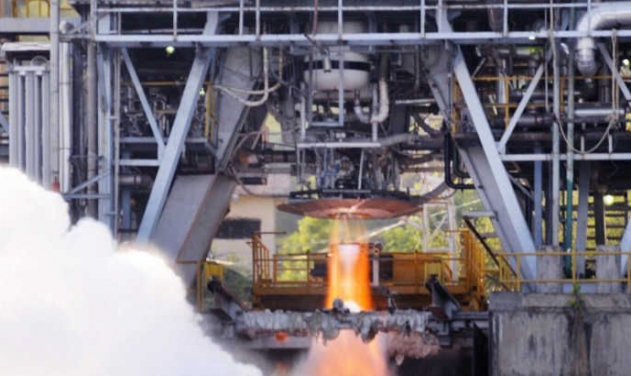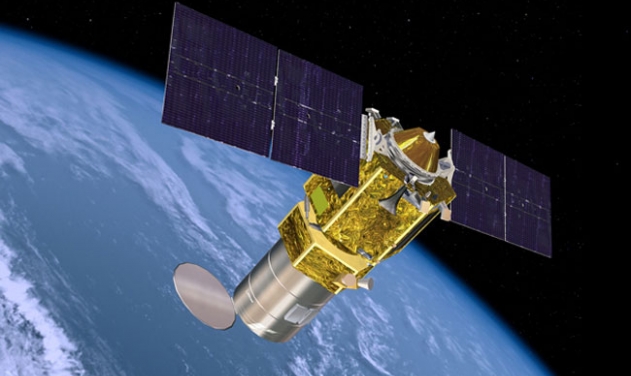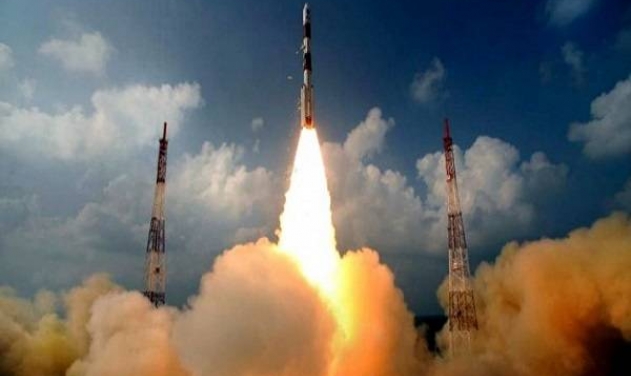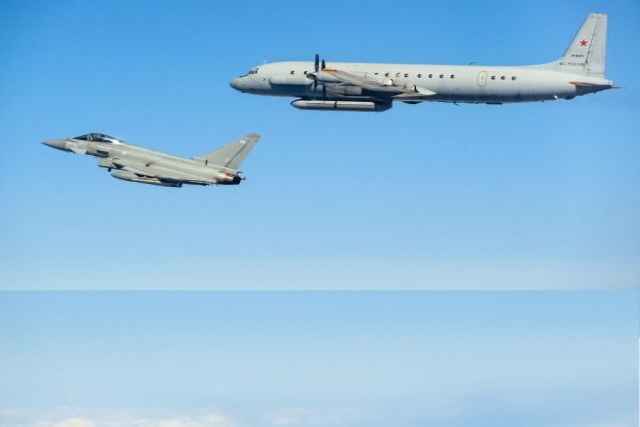Indian Research Space Organization Carries CE20 Flight Engine Acceptance Test

Indian Space Research Organization (ISRO) has conducted first CE20 flight engine acceptance test for duration of 25s in high altitude simulation test facility during December 2016.
This flight acceptance is an important milestone for ISRO as it could cross the major engine development endeavors in the maiden attempt. This engine was conceived, configured, designed, fabricated and developed by Liquid Propulsion Systems Centre (LPSC), the agency announced today.
LPSC is the centre for design, development and realization of liquid propulsion stages for ISRO's Launch Vehicles. Development of fluid control valves, transducers, propellant management devices for vacuum conditions and other key components of liquid propulsion systems are also under the purview of LPSC.
To test the Engine at flight identical conditions, High Altitude Test (HAT) facility was established at ISRO Propulsion Complex (IPRC), Mahendragiri in Tamil Nadu. This facility allows testing of the CE20 engine at its full area ratio in vacuum condition which otherwise would experience flow separation at sea level ambient pressures.
The successful engine testing in high altitude condition was preceded by multiple tests on two engines with sea level nozzle divergent (area ratio 10). The development test conducted on these engines provided confidence in the design. The design of the flight nozzle was also validated in the medium duration High Altitude Test programme.
The Engine High Altitude Test Programme contained a series of high altitude tests (5 hot tests with a cumulative duration of 41.20s) to demonstrate the vacuum ignition, validate the nozzle performance, propellant flow build up characteristics, chill down performance and demonstrate the ignition margins.
All the test objectives were achieved in this test program. The testing of engine in HAT facility has also helped in finalizing the engine start and shut down sequence for flight. Summing up, the test program has imparted good confidence on the performance and functioning of CE20 Engine in GSLV MKIII (LVM3)-D1 mission.
The realization of flight stage for the GSLV MKIII (LVM3)-D1 mission is in progress and the first mission is expected by early 2017. The GSLV MKIII future launch vehicle is capable of launching 4-ton class spacecraft in Geo Transfer Orbit (GTO) is in the advanced stage of realisation.
It consists of two solid strap-ons (S200) motors, one earth storable liquid core stage (L110) and the indigenously developed C25 cryogenic stage. The C25 stage is powered by CE20 cryogenic engine.














